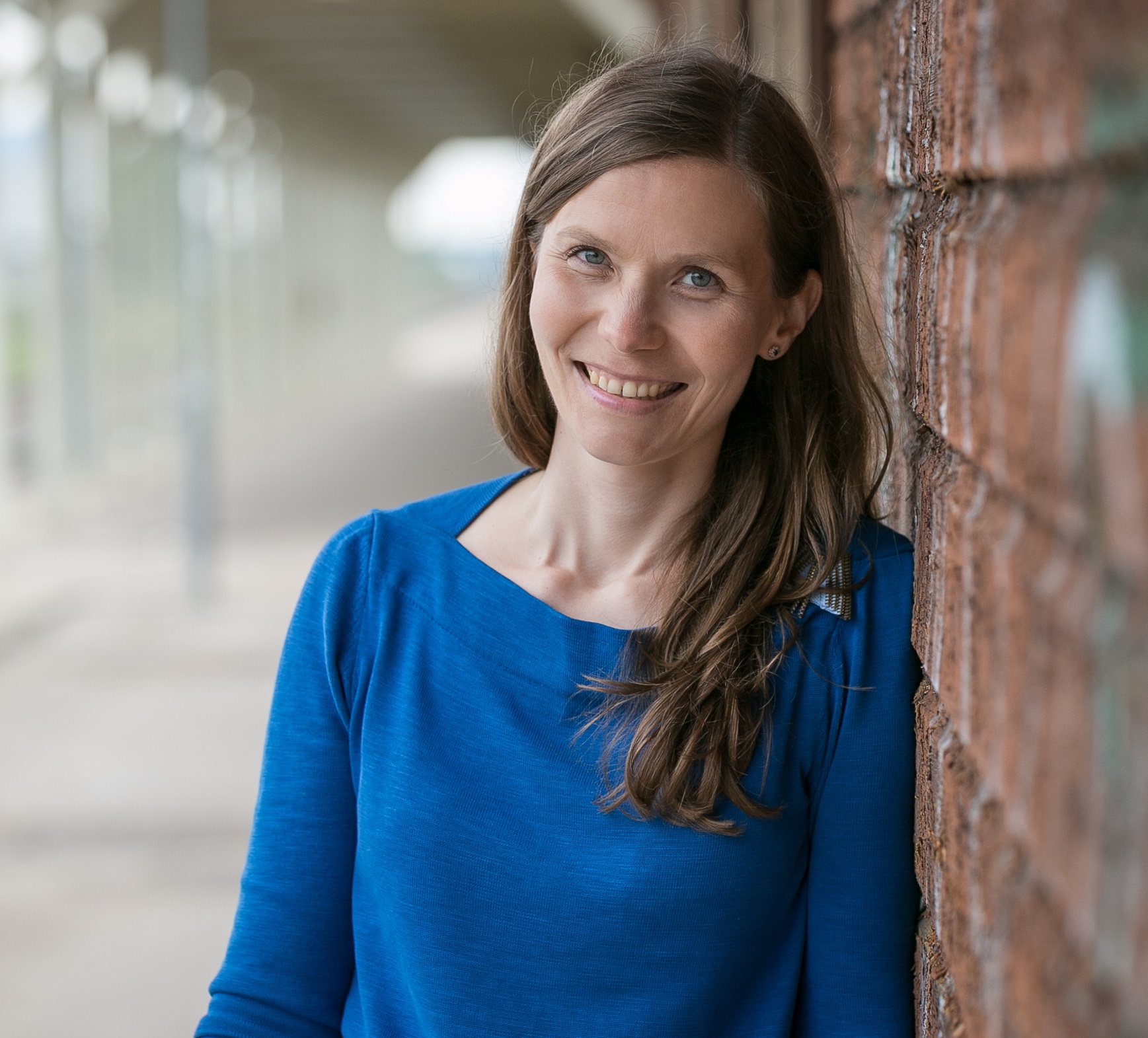An encounter between a photographer and remote sensing specialists led to a book on forests, vision and the purpose of science

A couple of years ago on the Aalto University campus, doctoral candidate Sheung Yiu, at that time a master’s student in photography, stumbled upon a group of people taking photographs of trees with devices that looked fascinating.
Yiu started chatting with doctoral candidate Daniel Schraik and found out that they were working on terrestrial laser scanning – measurements carried out on Earth’s surface that are used to compile a three-dimensional point cloud from point-like observations for the purpose of visualisations and calculations.
Laser scanning is part of the ground truth measurements carried out by Schraik in the research group of Miina Rautiainen,Professor of remote sensing. Remote sensing, on the other hand, refers to the process of measuring distant phenomena using satellites, aeroplanes or even drones.
Rautiainen’s team develops remote sensing methods for studying forests, particularly their canopies. The aim is to evaluate the reliability of the information obtained from satellite images.
Yiu, who has previously worked with scientific photography, was instantly inspired.
‘We carried on talking which led to the idea of organising an exhibition and after its success, creating an entire book,’Yiu says.
Glowing orbs and drops of sweat
As its name suggests, GroundTruth, published in September, literally focuses on the terrestrial measurements. It takes the reader on a journey to the Hyytiälä Forestry Field Station, where Miina Rautiainen’s research group carried out measurements in summer 2019.
Yiu says that the message of the book lies in the layered nature of vision.
‘The book plays about with dimensions. On the one hand, there is the old way of looking at the surrounding landscape through loving eyes, while on the other, there is the way in which remote sensing scrutinises it. When looking at the bark of a tree, I may see its colours and shapes, while a researcher sees the data that can be collected from it,’ he says.

In addition to Yiu’s photographs, the book also contains treasures from archives such as the collections of Metsähallitus, notes, point cloud images and remote sensing images. One of Yiu’s own favourites is his photograph of a target used in laser scanning.
‘In the photograph, the target shines like a white ball amongst the greenery, as if it had a halo around it.’
The book also includes two essays in which Yiu and Rautiainen and their teams reflect on the significance of the work of a photographer and researcher.

In 2017, Rautiainen received a seven-figure sum in funding from the European Research Council for the development of remote sensing methods. In the essay, Rautiainen and her team describe how easy it is to lose sight of the major goal when you are focused on taking steps forward.
‘We want to make the measurements better and better. However, we should also consider what can be achieved by improved accuracy and what are its uses. I personally think that projects and their results are like small building blocks that make up a more holistic view of Earth’s vegetation,’ she says.
The experience of collaborating with a photographer was fun and inspiring. Rautiainen is clear on her favourite photograph.
‘It’s the photograph a drop of sweat on the face of Postdoctoral Researcher Aarne Hovi. In many ways, it crystallises what our work is about.’

- Published:
- Updated:
Read more news

Pengxin Wang: The internship was an adventure filled with incredible research, unforgettable experiences, and lifelong friendships.
Pengxin Wang’s AScI internship advanced AI research, fostered global friendships, and inspired his journey toward trustworthy AI solutions.
Major grant from the Kone Foundation for modern architecture research - Laura Berger's project equates building loss with biodiversity loss
Aalto University postdoctoral researcher Laura Berger and her team have been awarded a 541 400 euro grant from the Kone Foundation to study the effects of building loss on society and the environment.
14 projects selected for seed funding to boost collaboration between Aalto, KU Leuven, and University of Helsinki
The funded projects lay the groundwork for future joint research endeavors, reinforcing the strategic partnership’s goal to fostering impactful and interdisciplinary collaboration.